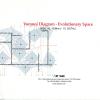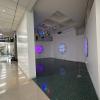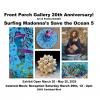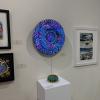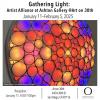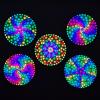Voronoi Diagram - Evolutionary Space
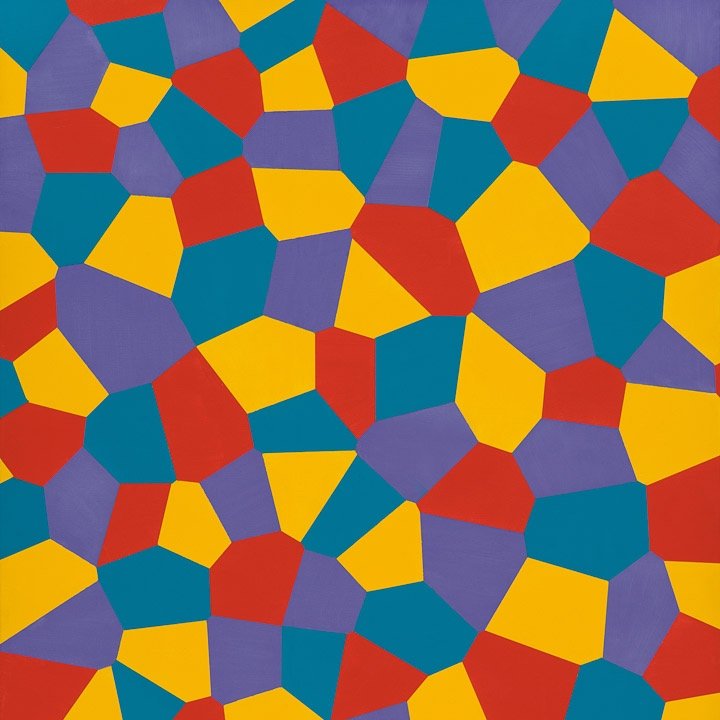
The right panel of my Delaunay Triptych painting from 1997 was included in The First International Exhibition of Voronoi Art, where artists, scientists, and engineers were invited to submit artworks based on the concept of the Voronoi diagram. The Exhibition was held in connection with the Second International Symposium on Voronoi Diagrams in Science and Engineering, October 2005, Hanyang University, Seoul, Korea.
Given a collection of points in a plane, its corresponding Voronoi diagram is the set of polygons where each polygon encloses the region in the plane that is closest to a particular point (also known as a Delaunay vertex). This form of tessellation has applications in fields as diverse as mechanical modeling, epidemiology, and city planning.
I worked extensively with the Delaunay triangulation and its mathematical dual form, the Voronoi diagram, as part of my graduate bioengineering research at UC San Diego. The edges of a Delaunay triangulation have an arrangement that is similar to the protein meshwork on the inner surface of a red blood cell membrane, and it was useful to use this technique to generate triangular networks with varying degrees of randomness.
The space-filling appearance of these diagrams is also artistically interesting, and I created several paintings using the edges of a Delaunay traingulation or Voronoi diagram to define regions on the canvas with different colors.

